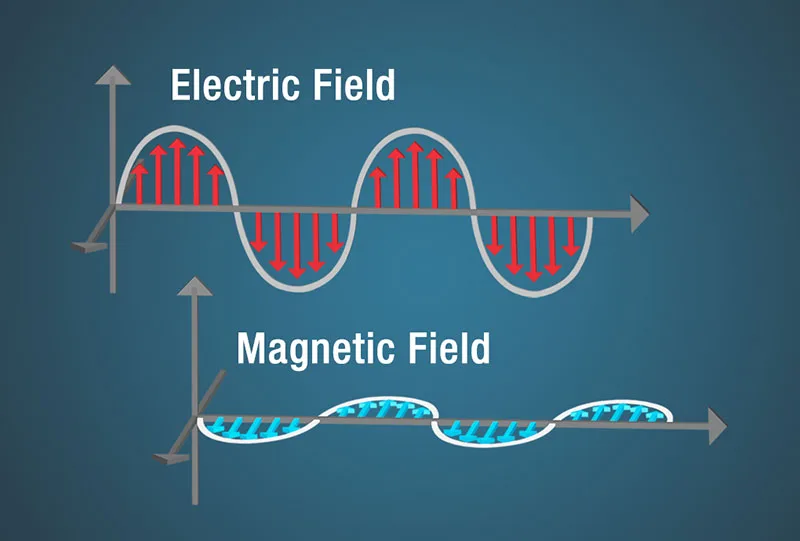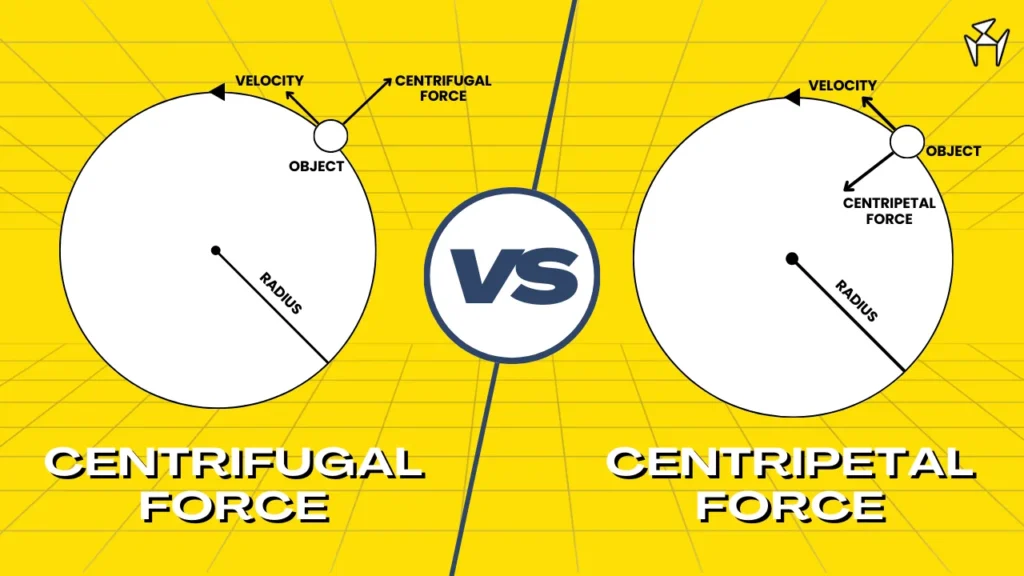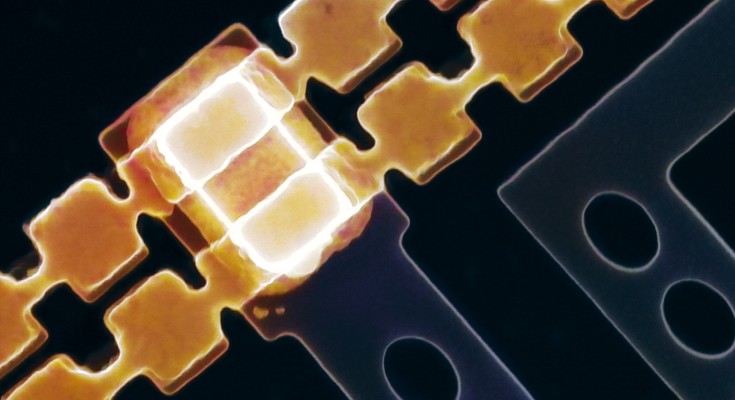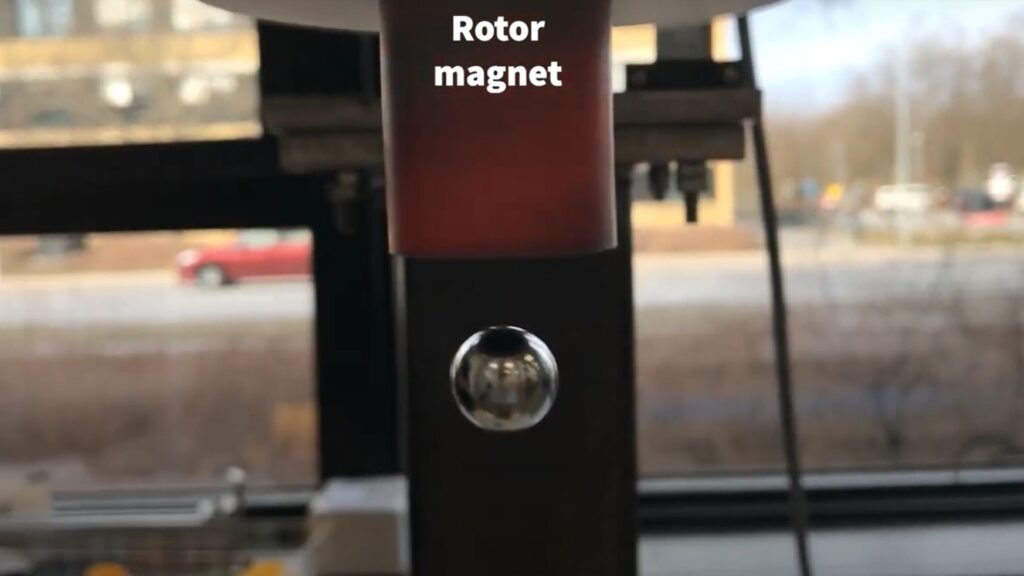Who invented Rust?
Rust was invented by Graydon Hoare, an engineer at Mozilla Research. He began working on Rust as a personal project in 2006 and received official sponsorship from Mozilla in 2009. The language was developed to address common issues faced by programmers working with C and C++, such as manual memory management and concurrency challenges. It’s […]
Who invented Rust? Read More »









